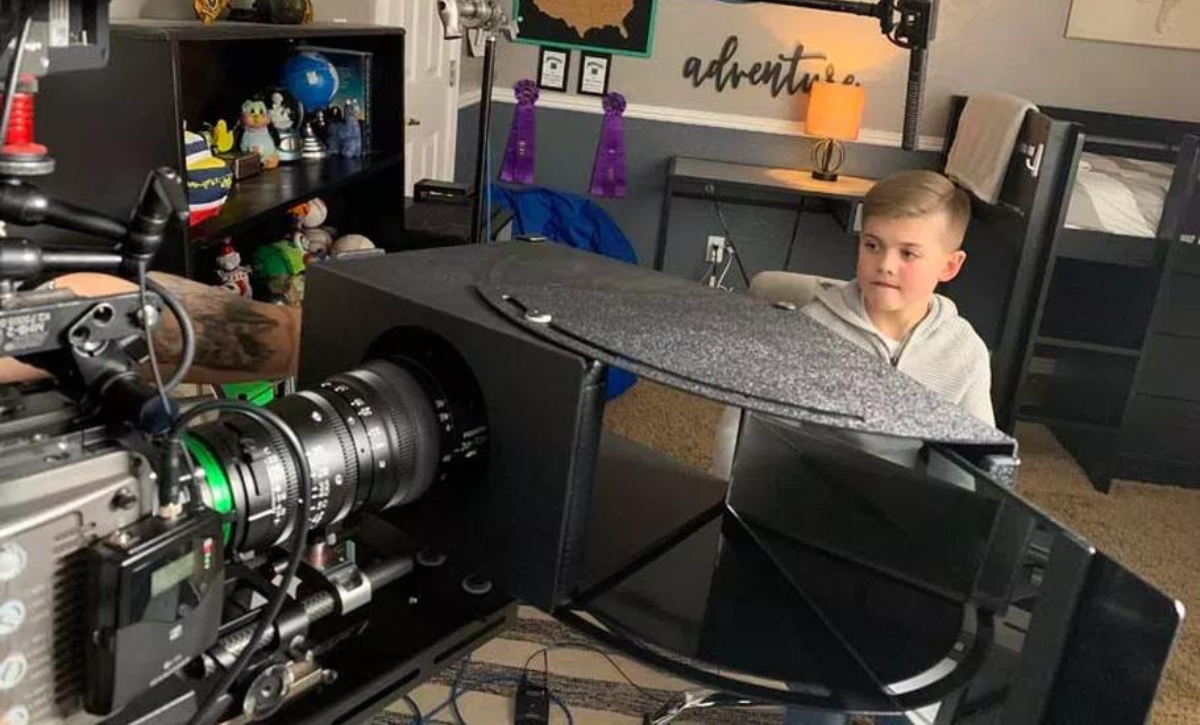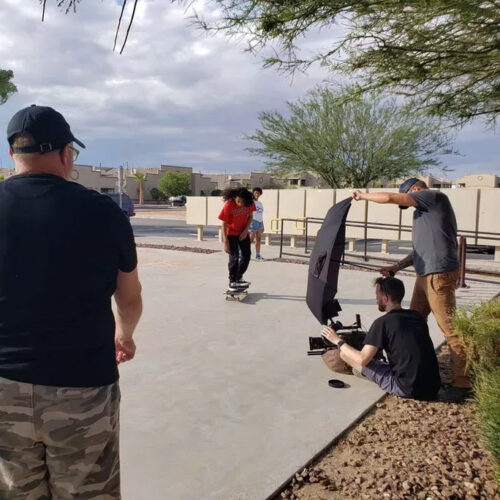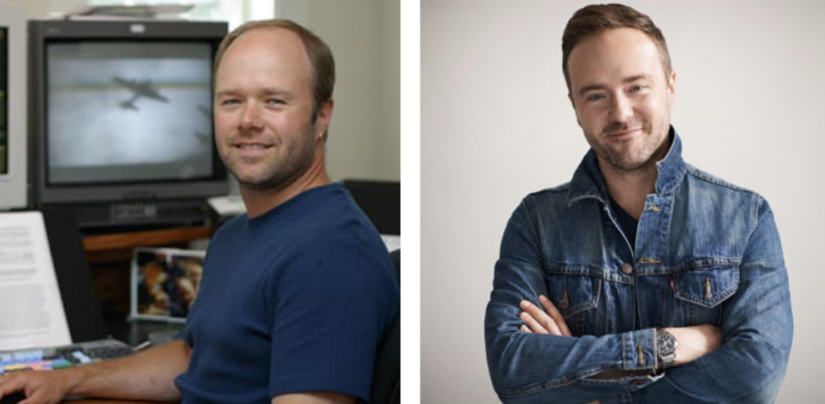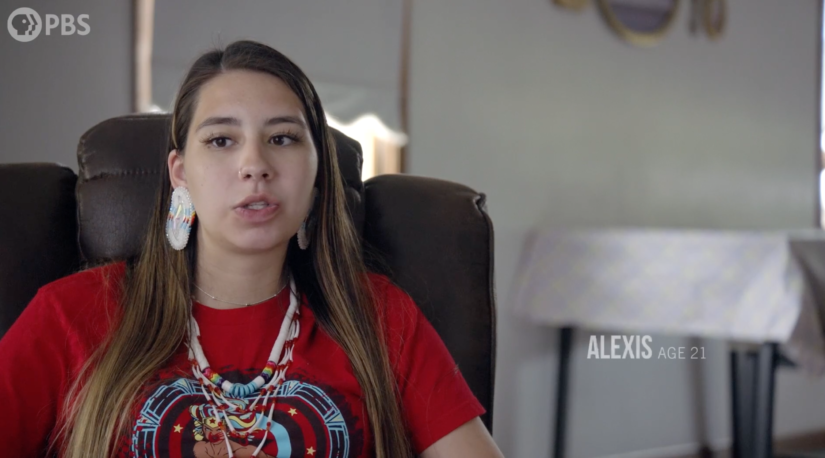New Ken Burns PBS Documentary Offers Raw Look at the Youth Mental Health Crisis
After White House screening, “Hiding in Plain Sight” premieres Monday, offering painful view into an enduring problem grown worse during the pandemic

Get stories like these delivered straight to your inbox. Sign up for The 74 Newsletter
When brothers Erik Ewers and Christopher Loren Ewers set out to film a documentary about the mental health struggles of American youth, they knew they were tackling a pervasive problem unspoken about for far too long. What they didn’t realize were the lessons they’d come to uncover about themselves.
Hiding in Plain Sight: Youth Mental Illness, a two-part documentary that premieres Monday on PBS, presents the raw accounts of nearly two dozen young people from diverse backgrounds who open up about their excruciating life experiences. Through varied stories that touch on issues like abuse, addiction and discrimination, the Ewers hope their film will give their audience an understanding that they came to themselves: Everybody, no matter their backgrounds, is affected by America’s mental health crisis in one way or another.
The film, executive produced by renowned documentarian Ken Burns, was screened at the White House Thursday, with First Lady Jill Biden saying, “We have so much work to do to help our children heal,” and thanking the filmmakers for shining a light on mental health.
“It’s impossible not to be moved by the pain that these young people and their families share,” she said. “But there was so much hope there, too. Because they had all found a way from that darkness towards the light.”
The documentary can be seen at 9 p.m. ET on Monday and Tuesday and will be available on PBS stations nationally, PBS.com and the PBS Video app. It is part of a larger public media initiative, called Well Beings, to raise awareness about mental health issues.
“The goal of the film, we hope, is that people will find relatability in their own lives through these kids’ stories,” Christopher, who co-directed the documentary with his brother, told The 74. “I felt connected in ways that I can’t even describe to each and every person’s story. Some of them nearly destroyed me as we were filming their interviews because they hit so close to home.”
The young people featured in it range in age from 11 to 27, including a teenager who lost the fight against addiction at the age of 15, a young Native American woman who felt so isolated that she contemplated suicide and a high school freshman who experienced a series of assaults that led to troubling hallucinations. Among them is Billie, a 15-year-old from a rural farming community who endured intense bullying for being transgender. For 14-year-old Xavier, trauma stemmed from an abusive father.

“Cigarette smoke is a very triggering thing from my past since I associate that with getting beat by wooden sticks,” said Xavier, who recalled getting beaten “for seemingly no reason.”
Roughly half of mental illnesses begin by the age of 14 and 75% occur by age 24, according to the National Alliance on Mental Illness.
“The things my ancestors went through, it’s shown through alcohol abuse, addictions, non-stable families, toxic relationships,” explains Alexis, a 21-year-old who grew up on a Native American reservation. “That’s the burden that Indigenous youth deal with everyday, you’re just born into it.”
New Centers for Disease Control and Prevention data offer bleak insight into the extent of the problem and how the pandemic has made the crisis even worse for millions of teens, especially LGBTQ youth and girls. In a recent CDC survey, more than a third of high school students reported experiencing poor mental health during the pandemic, nearly 20% reported that they seriously considered dying by suicide and a staggering 9% had actually tried. Even before the pandemic, suicide was a leading cause of death among teens as rates of youth anxiety and depression surged. In 2009, a quarter of high school students reported feeling persistent sadness or hopelessness. By 2019, that rate jumped to nearly 37%.
Though the project has been years in the making, the film acknowledges how the pandemic has made the crises far more urgent. The Ewers are longtime collaborators with Ken Burns and the trio will continue working together over the next 10 years to create a series of films examining the mental health crisis in America.
Over the course of four hours, this first film takes viewers on a journey that for many began with traumatic experiences that led to debilitating mental health struggles, but ended with a message of hope. Despite roadblocks including homelessness, arrests, addictions, eating disorders and suicide attempts, many of the young subjects were able to go on and live happy lives thanks to mental health care and the coping skills they developed.

Yet recovery is a lifelong process. It’s a lesson that Erik learned firsthand over the course of filming the documentary, he said. Throughout his entire life, he struggled to understand his emotional issues. Although his parents took him to a psychiatrist while he was in elementary school, it wasn’t until he started filming the documentary that he began to truly address his challenges. The youth in his film, he said, “gave me an education about myself.”
“If the film has the power to do that for me, I can only hope that it will have that power for other people as well,” he said.
Christopher said the youth interviews hit home for his family, too, as his daughter struggled with mental health challenges of her own. Listening to each of the stories, he said, “gave us the courage and the commitment to see through the proper care for our daughter.”
As the filmmakers weave the young peoples’ individual stories into a cohesive narrative, the result can only be described as a gut punch. With the goal of presenting an unvarnished look into the pervasiveness of youth mental health crises, the documentary is difficult to watch at times. But sugarcoating the issue would be a disservice to those who are struggling, Erik said.
“Imagine a kid out there who is literally watching it and we watered it down, which of course, we had not,” he said. “But if they did, they’d be saying ‘Wow, I’m a lot worse than I thought,’ or say ‘This is bullshit.’”
The stigma still associated with mental health issues prevents many young people from sharing their experiences, yet the Ewers brothers said their subjects were motivated to open up on film — and wound up feeling better as a result. They were tired of keeping their suffering bottled up inside and hoped that greater awareness could save lives.

Alexis, who grew up on the reservation, said that nearly all Indigenous youth are the victims of trauma and abuse to some degree. Yet also embedded in her DNA, she said, is resilience.
“I know for a fact that my ancestors and my elders, they’re rooting for me and they want me to do good,” she said. “I’ll share my story over and over again. I’ll go through those emotions like a million times if it helps one person.”
Get stories like these delivered straight to your inbox. Sign up for The 74 Newsletter

;)
